Thanks to everyone who came together to make our Easter Celebration possible! Alleluia! Christ is Risen!
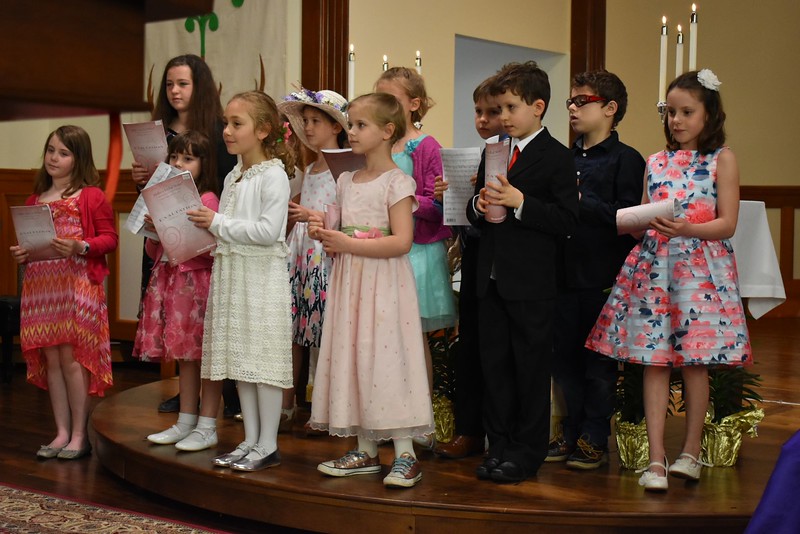
-
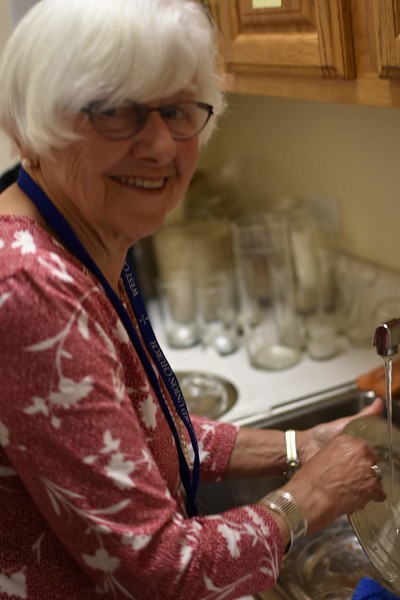
Post-communion cleaning! -

A rare view of the counters in action! -
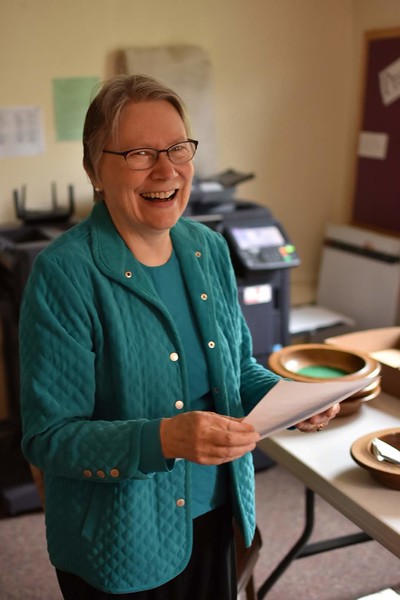
Thanks to everyone who came together to make our Easter Celebration possible! Alleluia! Christ is Risen!
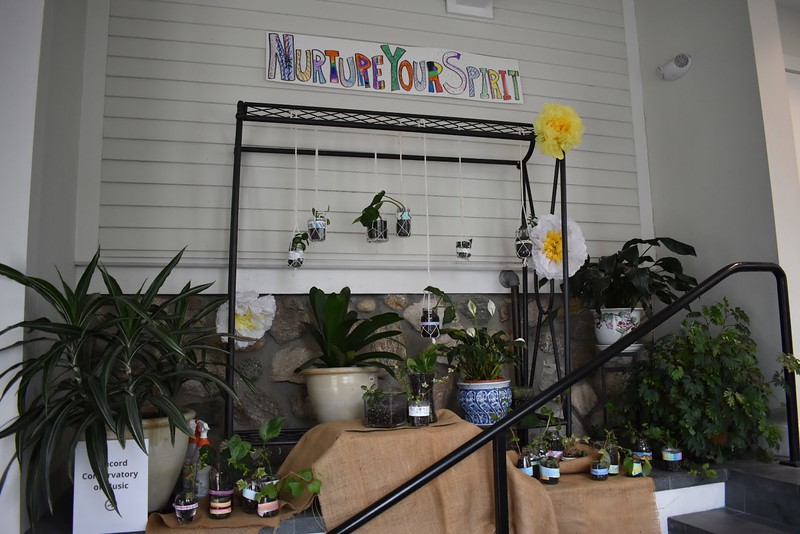
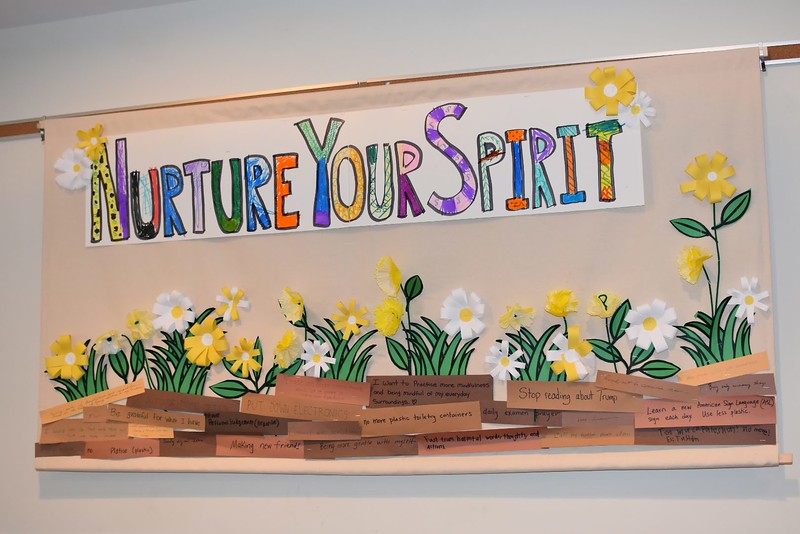
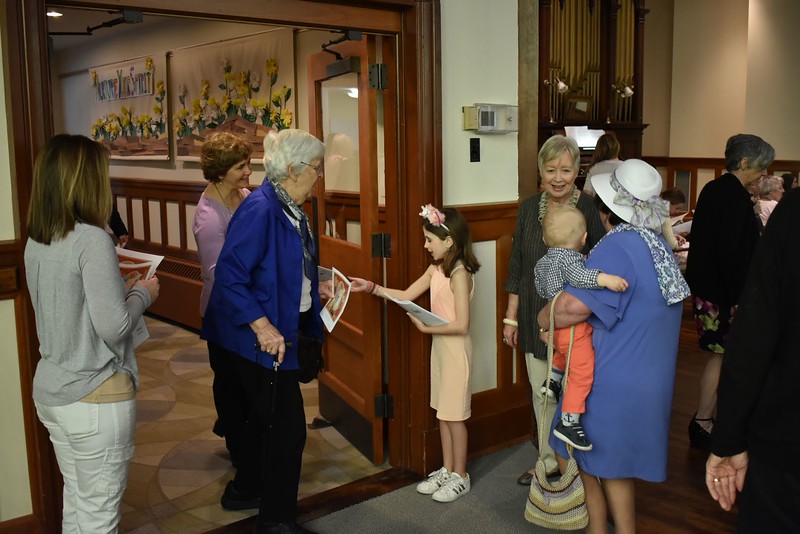
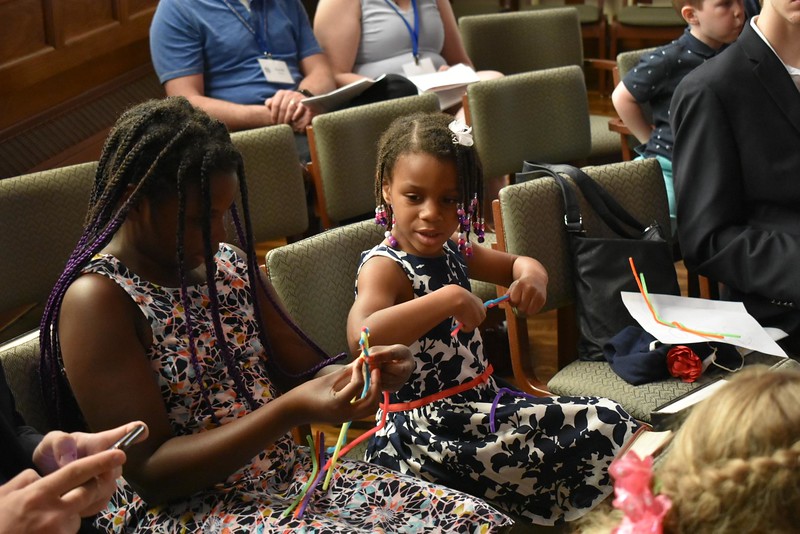
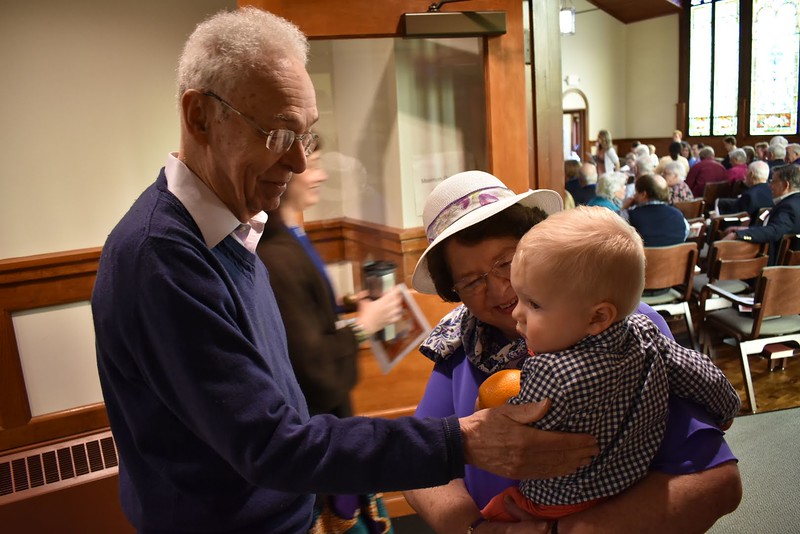
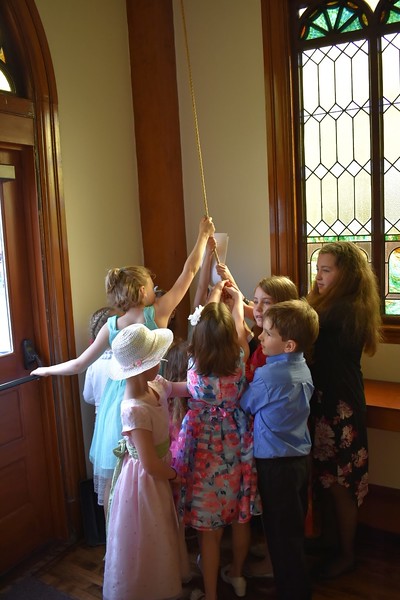
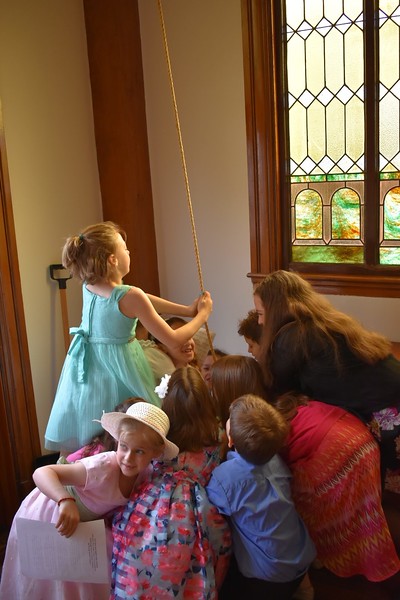

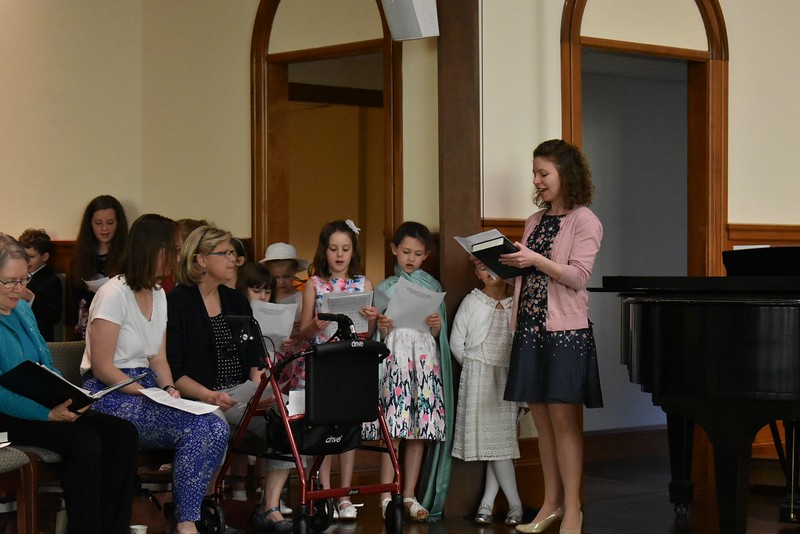
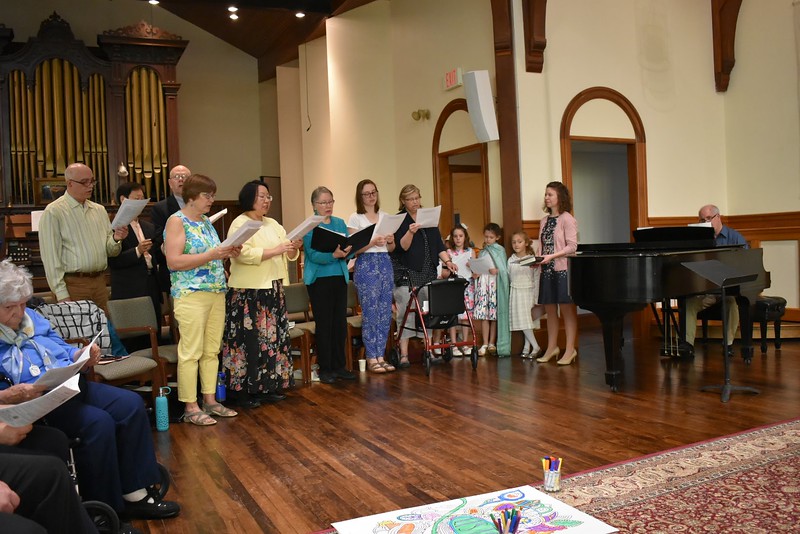
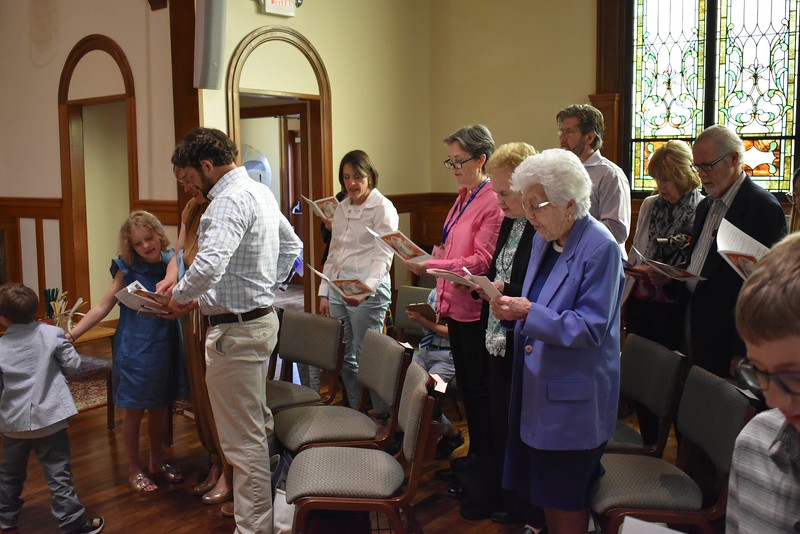
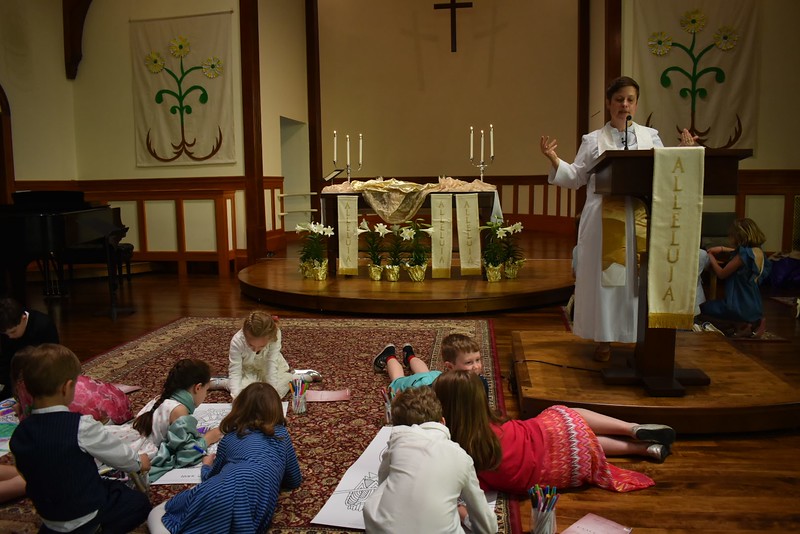
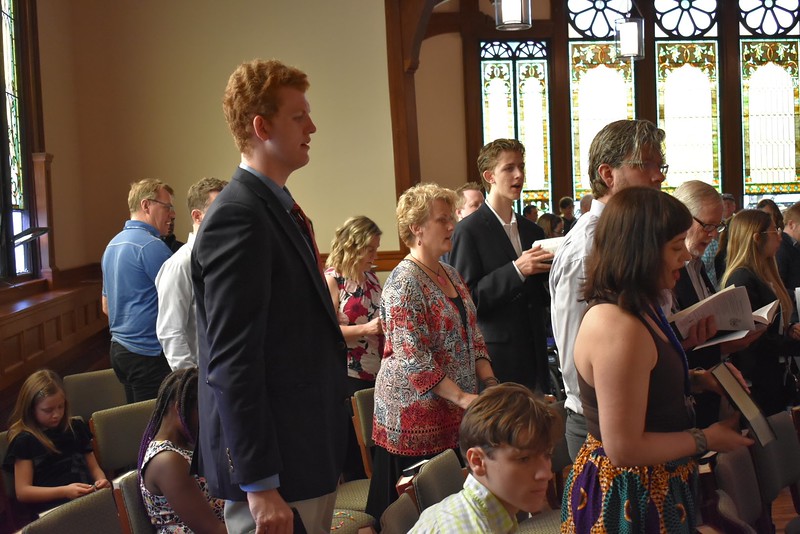
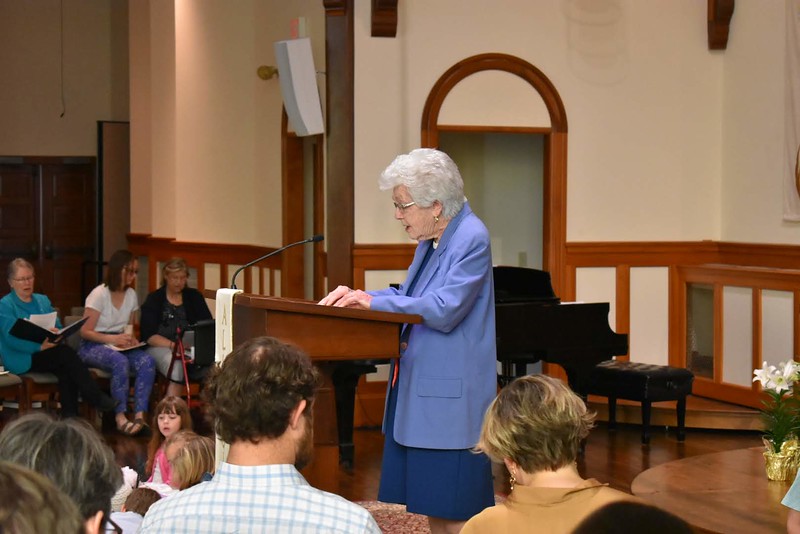

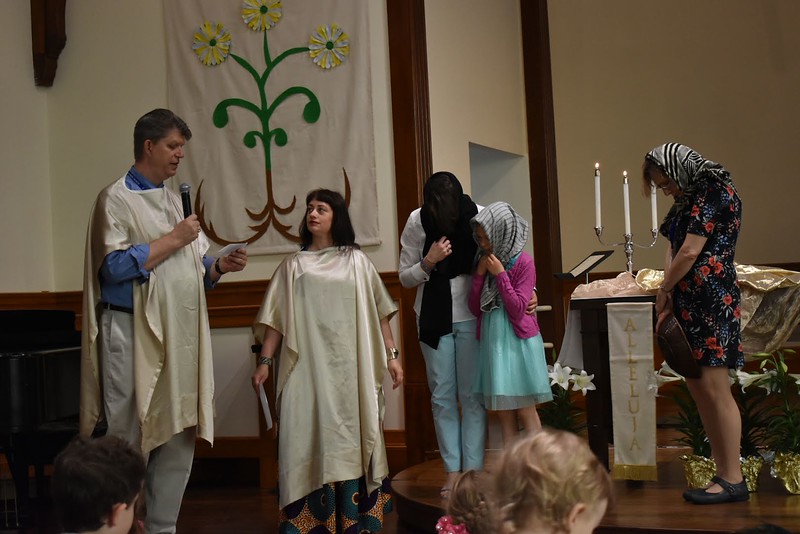
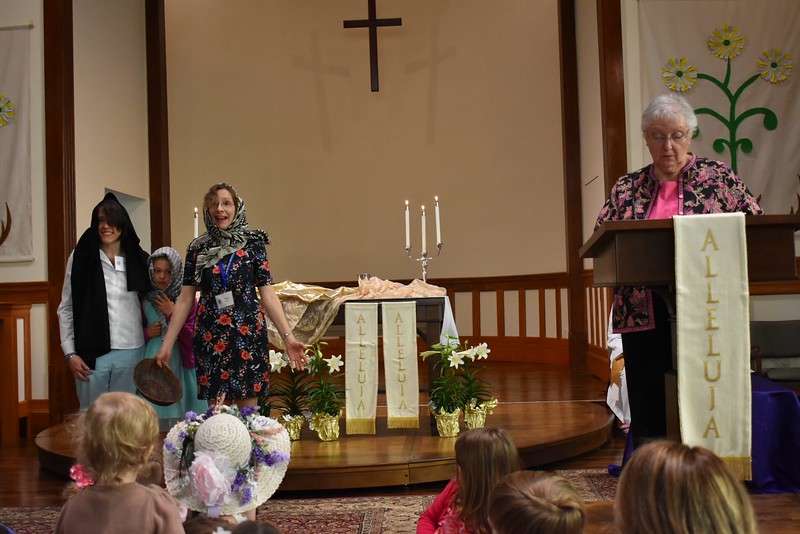
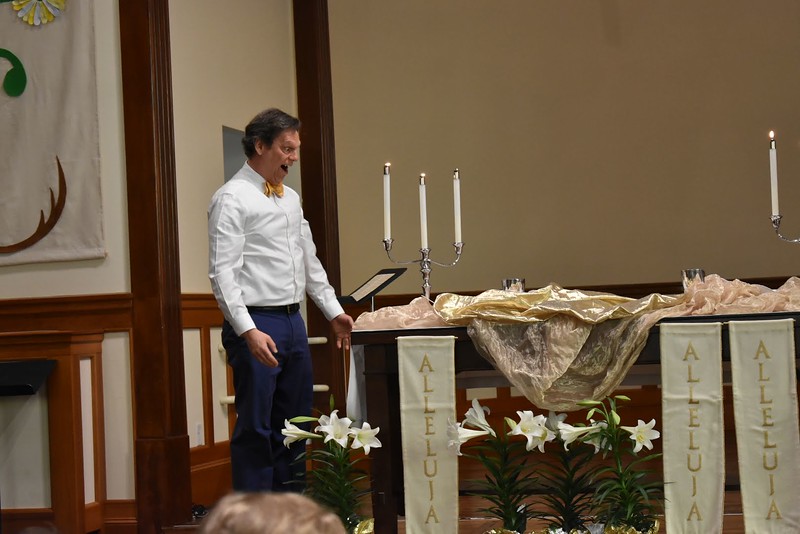
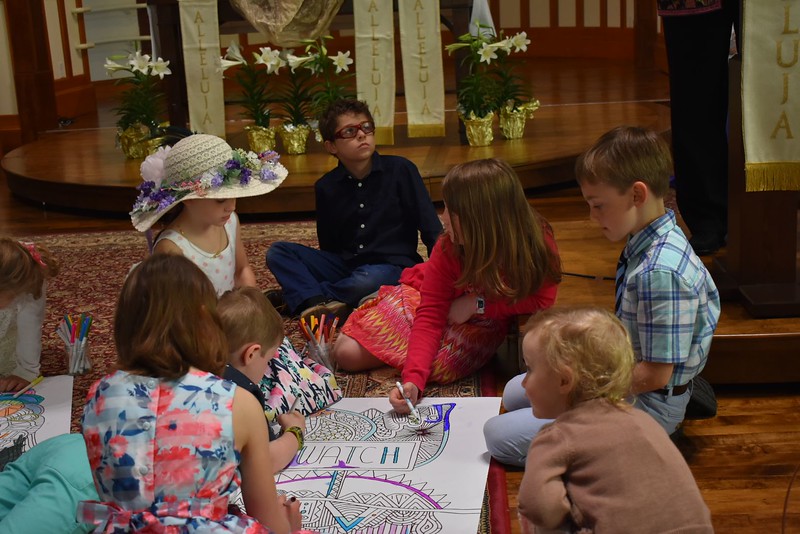
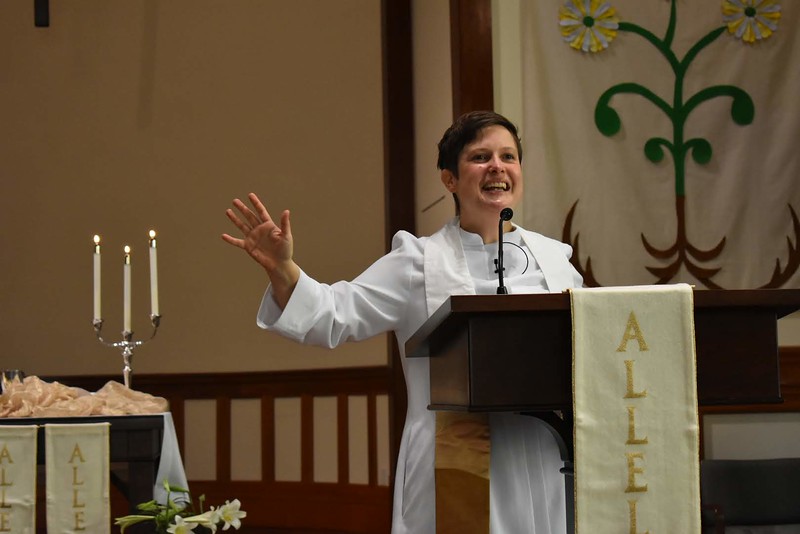
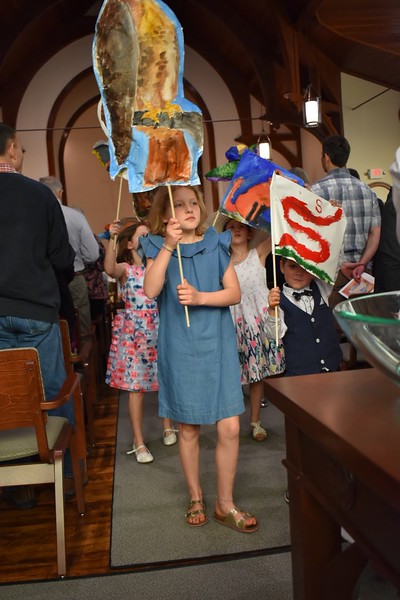
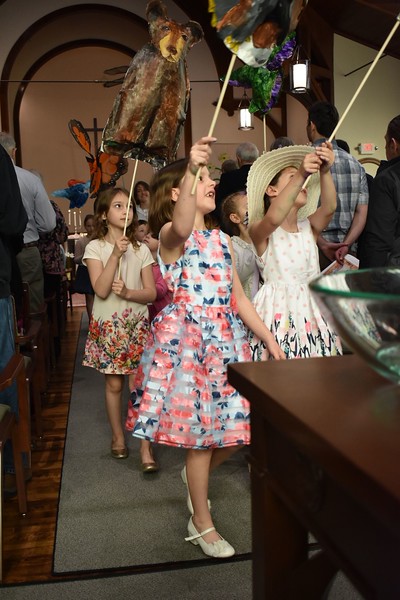
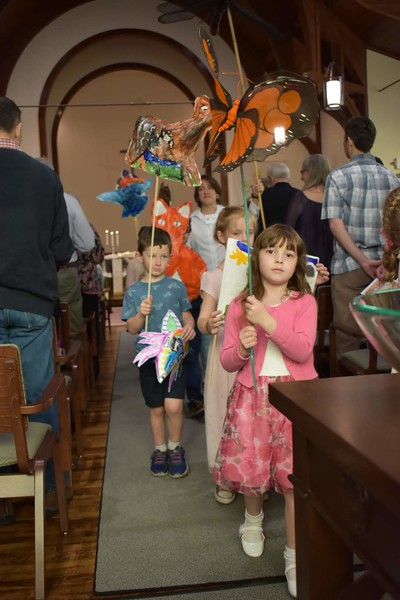
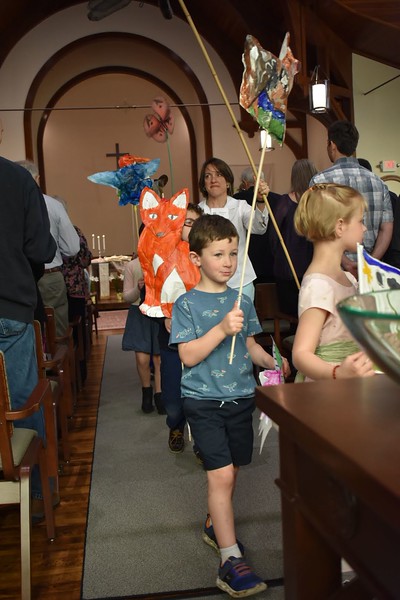
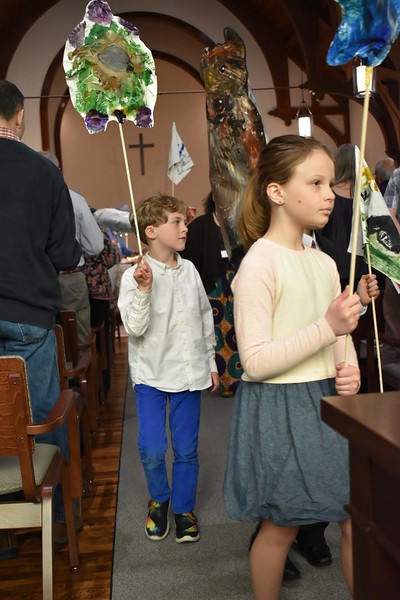
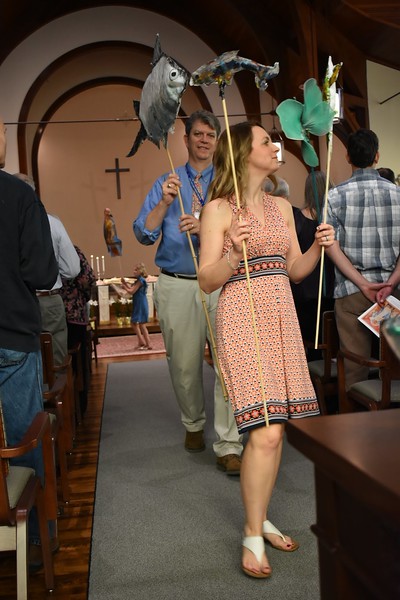
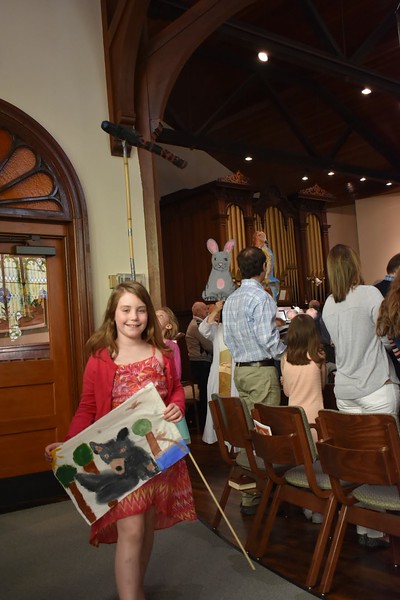
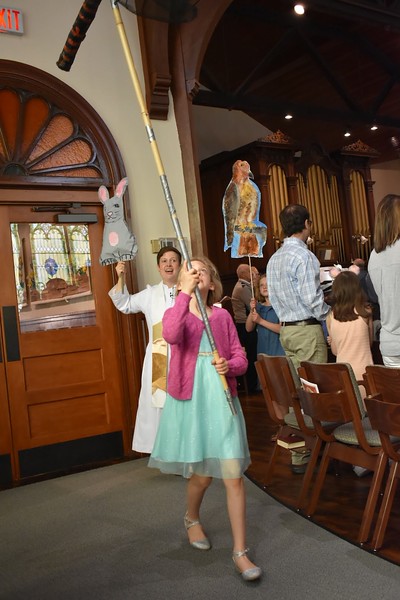
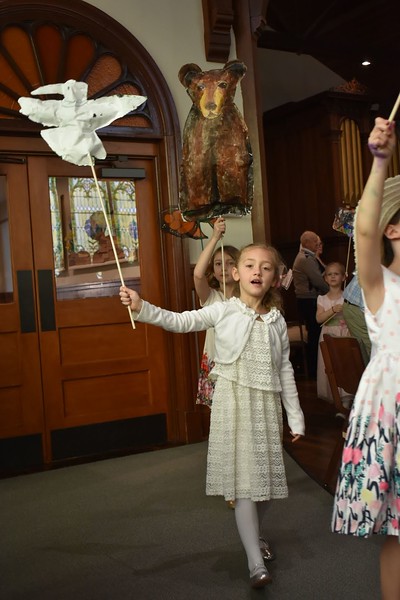
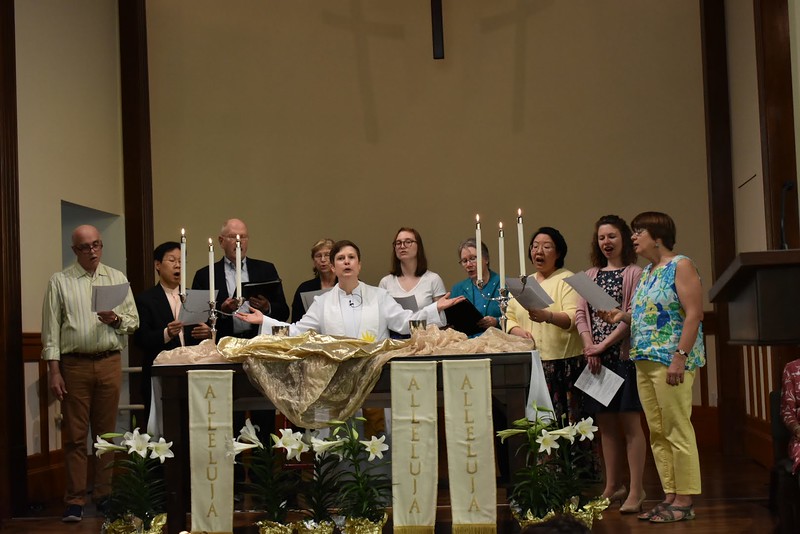
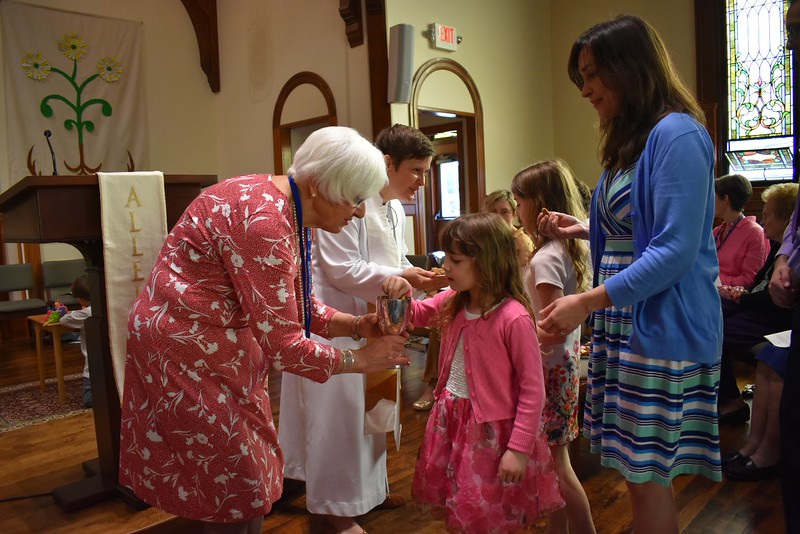
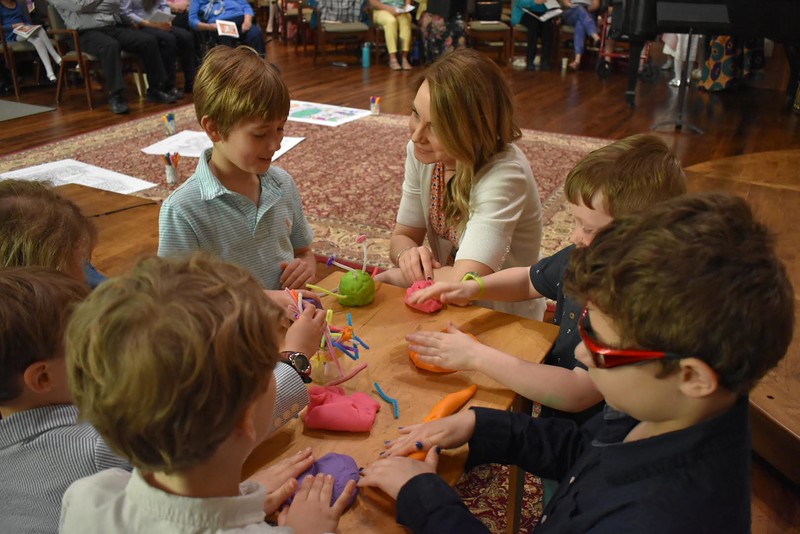
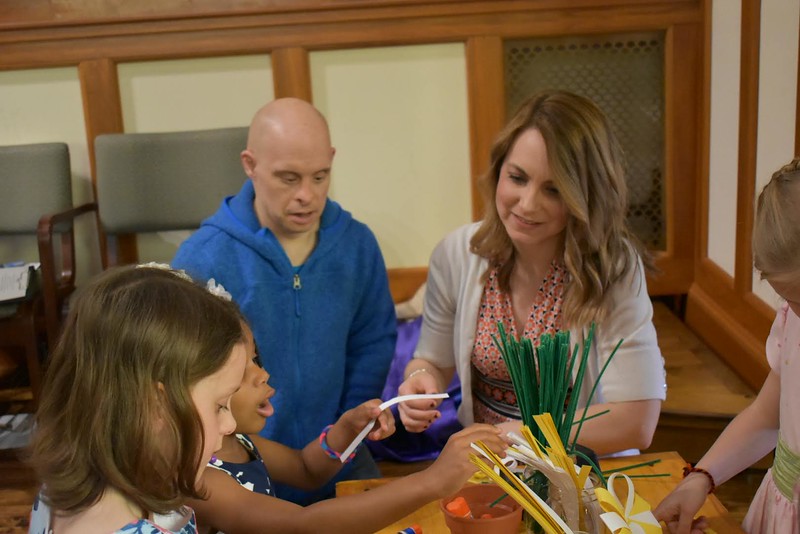
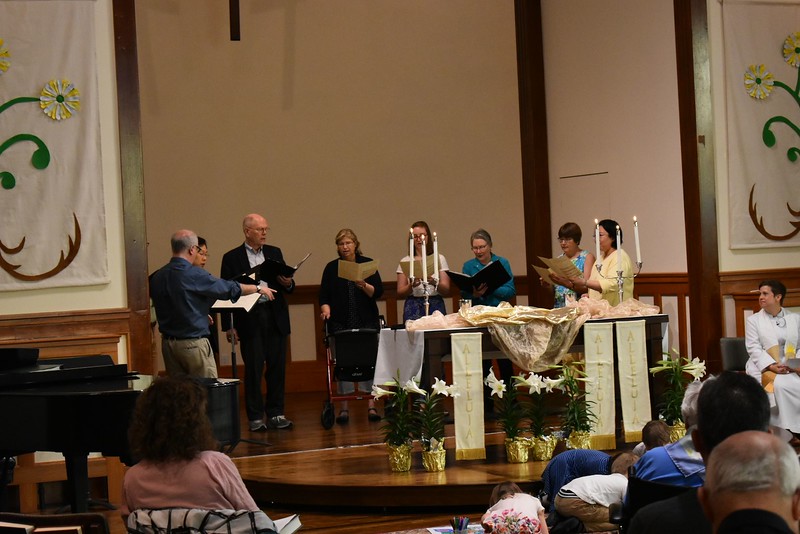
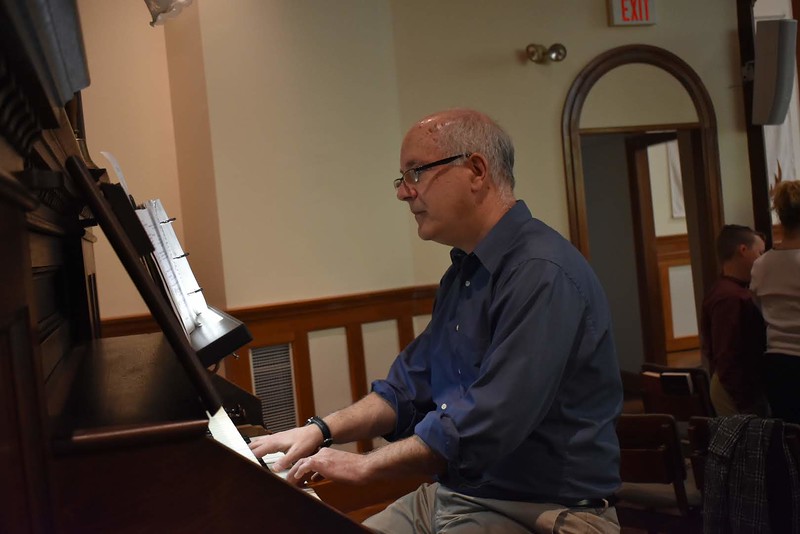
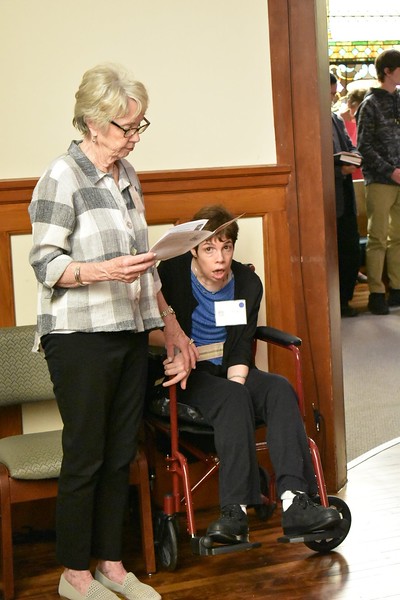
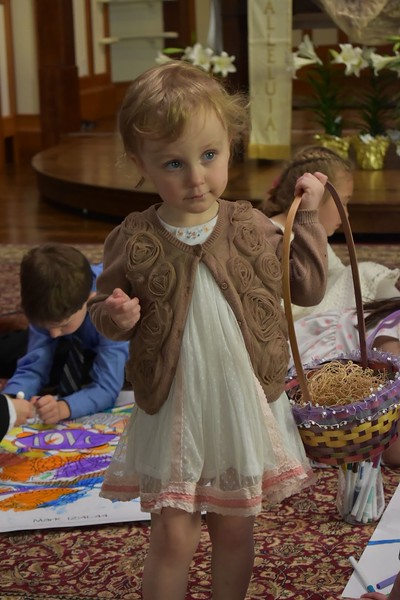
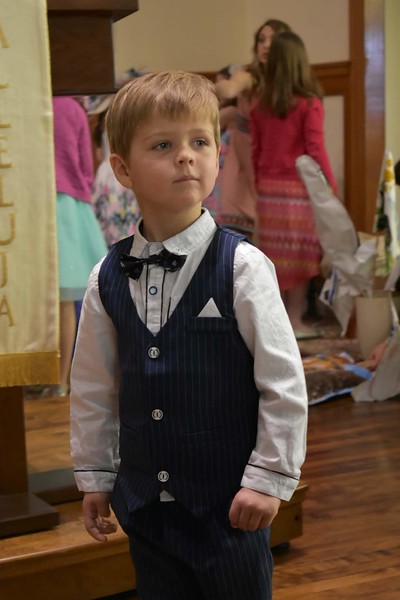
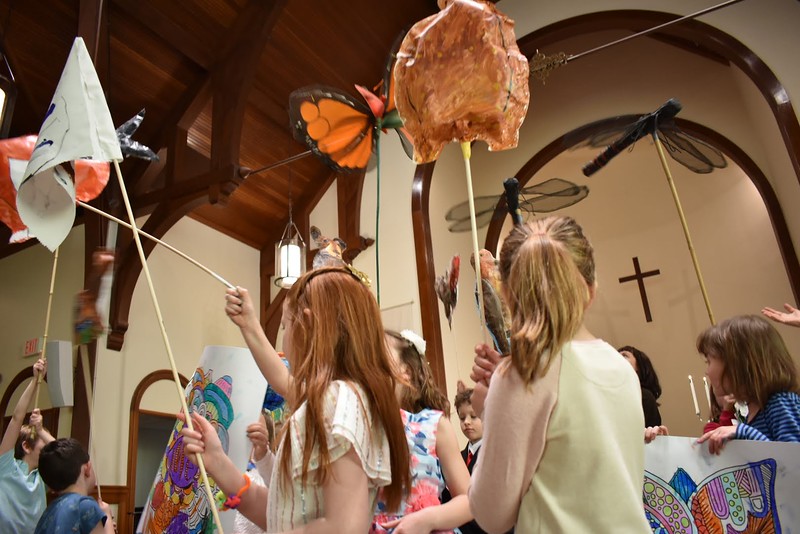
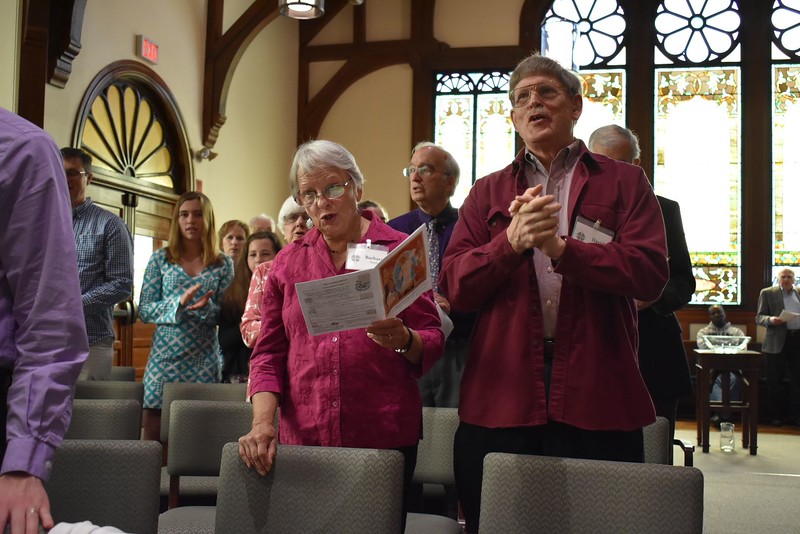
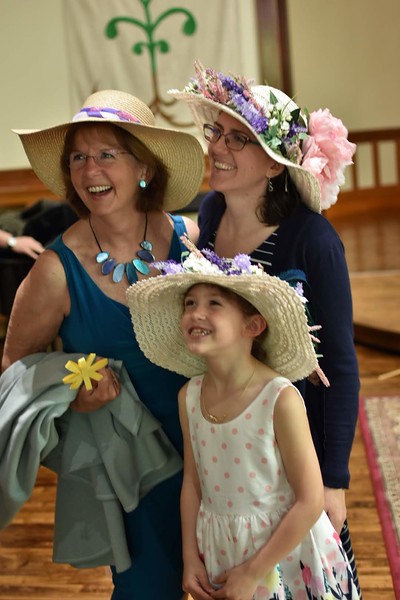
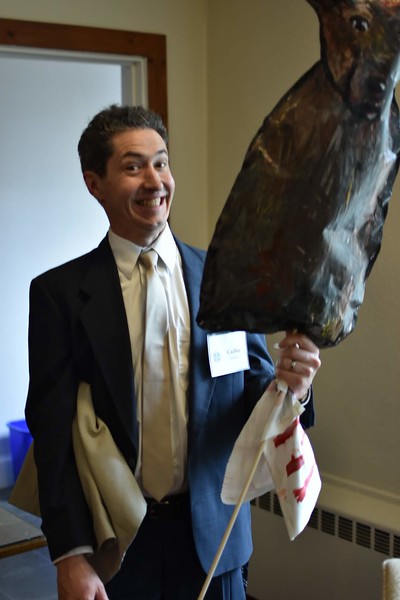

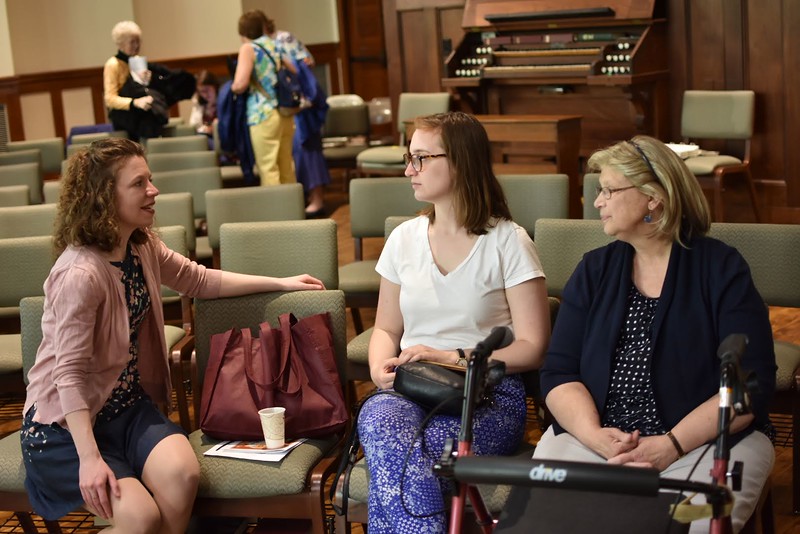
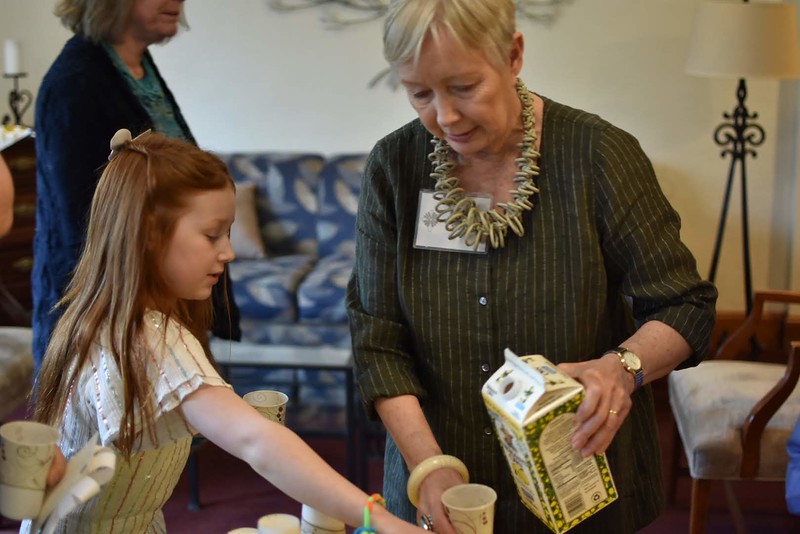
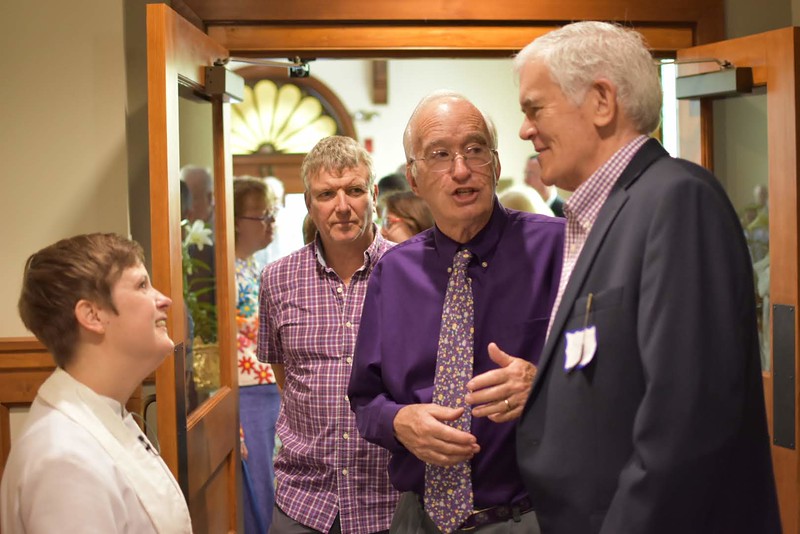



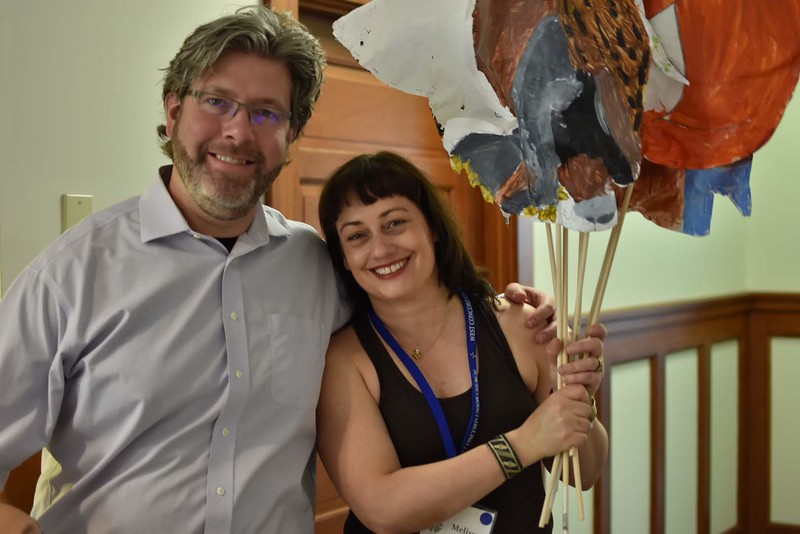
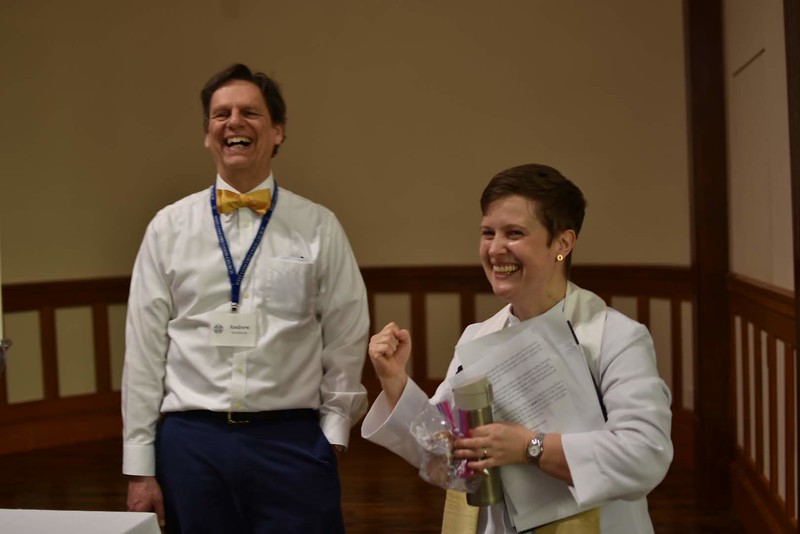
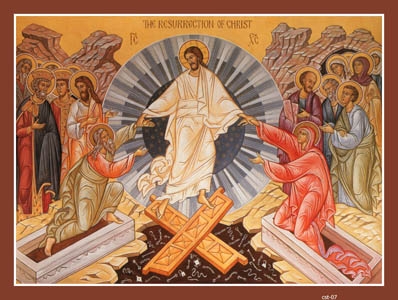
Luke 24:1-12
The women get up before dawn on that Sunday morning to carry spices to the tomb. Mary Magdalene, Joanna, and Mary the mother of James. Their eyes are swollen. Their step sare slow. Their hearts are heavy. For Jesus, their friend, so full of holy grace, was tragically killed. But they get up anyway. His body must be tended to.
The women get up before dawn to carry on, but their grief is interrupted. When they arrive at the tomb, they see that the stone is rolled away. When they go into the tomb, they find it empty. Then two strange, dazzling figures appear, asking: “Why do you look for the living among the dead? Jesus is not here, but has risen.”
What does this mean: Jesus has risen? All kinds of wise people have wondered about this. Did Jesus’ body really rise? If so, was he some kind of zombie? Was it simply Jesus’ spirit that rose? If so, was he some kind of ghost? Is Jesus’ rising a metaphor, or a miracle? Or is it, possibly, a terrible hoax?
If you have questions about the rising of Jesus: fantastic. Wondering over our sacred stories and interrogating God herself is good and holy work. Asking and doubting will only bring us deeper, and God can take it. I hope you have lots of questions about the rising of Jesus, and let me suggest one in particular: what does it mean? What does this rising that is at the center of our Christian story tell us about God?
It’s a big question. Maybe it will help if we shift for a moment away from Jesus, and talk about plants instead. We’ve been talking a lot about plants this season. We’ve been nurturing our spirits as if they were thirsty seedlings. We’ve been rooting actual plant cuttings in water. On Thursday some among us planted our cuttings in soil, and helped to make the flower gardens of paper and fabric that are all around us.
Plants have a lot to teach us about dying and rising. At this time of year in New England, we can see new life poking up out of the ground everywhere. But the story I want to share today has to do, not with that kind of plant, but with trees.
At the University of British Columbia there is a Professor of Forest Ecology named Suzanne Simard. After growing up in a family of loggers, and going to forestry school, Dr. Simard became fascinated with what happens in forests, underground. So, she devised a series of experiments to try to find out if trees were somehow connected beneath our feet. Lots of people thought this idea was ridiculous.
But Dr. Simard did her research, and as it turns out, trees are connected. Not just parent trees and their children; not just trees of the same species; all kinds of different trees. All kinds of different trees are connected, and not just to one or two other trees. One tree might be connected underground to 47 other trees.
These underground tree connections aren’t composed of roots. Instead, they’re made of mycelium: fungal tubes that infiltrate the soil and the roots. The mycelium network allows trees to pass things to each other. Trees share water. Trees share minerals. Trees share hormones. Resources and information pass from tree to tree to tree to tree, back and forth, around and around.
Trees share with each other. They form communities and support each other. And each community is anchored by a few individuals who are particularly well connected. These are called “hub trees” or, more affectionately, “mother trees.”
And here’s the thing that completely blows my mind. When trees near the end of their life, they change the way that they share. But instead of becoming more isolated, separating themselves; or more dependent, relying on others; they become more generous. Sensing that they will not survive, these trees send their resources out to strengthen the trees around them. While they are dying, they give others life.
Imagine Jesus as a Mother Tree. In his 33 short years, he has become connected to so many people. His disciples, his followers, everyone who he heals, everyone who is changed by his words. Jesus is a Mother Tree, deeply and widely connected.
Jesus is a Mother Tree, and his life is about to end. And his reaction to this is to give of himself even more generously than he has before. Jesus passes on teachings: “love one another.” Jesus passes on practices: the sharing of bread and cup. Jesus passes on forgiveness, even to the people who condemn and torture him. Jesus passes on promises. Jesus shares so much that the tragedy of his death becomes more than simply a tragedy.
Jesus rises: his body, his spirit, and his love. Jesus rises within the lives of the people around him. They are so filled up with the love they receive from him that many of them become Mother Trees themselves: reaching out deep and wide. It starts with Mary Magdalene, and Joanna, and Mary the mother of James spreading the good news; and then Peter joins in; and then everyone else who eventually learns to trust the women. They spread the word about Jesus, who he is, what he teaches, and that he is still with us. Jesus is risen, they say, Jesus is rising. The good news passes on from person to person to person to person, across centuries and continents, until it reaches all the people who brought us here, this morning.
The women rise that morning in grief. We, too, have much to grieve. And we also have the good news of Jesus’ rising, and the electric connection of love that still tingles in the air, more than two thousand years later: a surge that swells in our hearts, a gift from the great network of givers of good news.
Through the grace and power of God, no life is simply extinguished, forgotten, discarded. No tragedy is left untouched by grace. Instead, there is life even in the midst of death; hope even in the midst of despair; love, stronger and more persistent than the grave. We are some of the very great many who have the privilege of receiving this good news, and we have the opportunity also to pass it on. I hope you will.